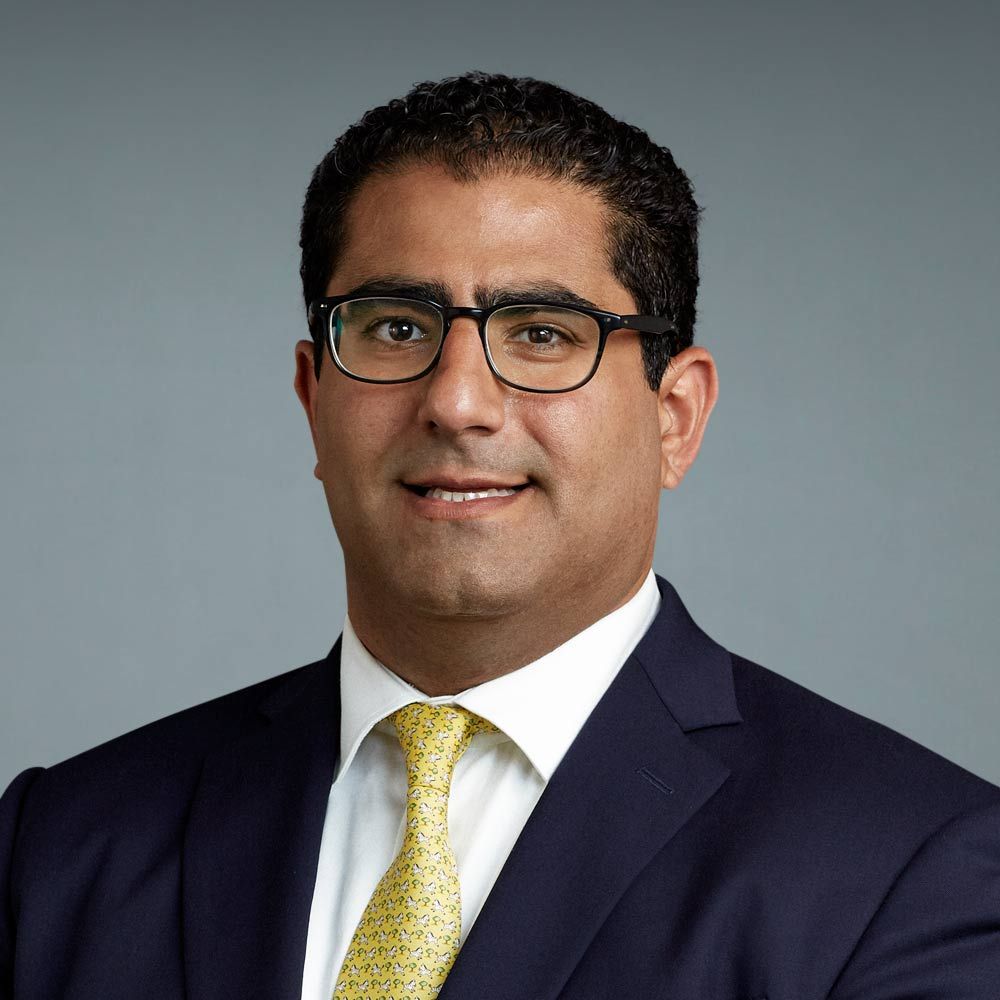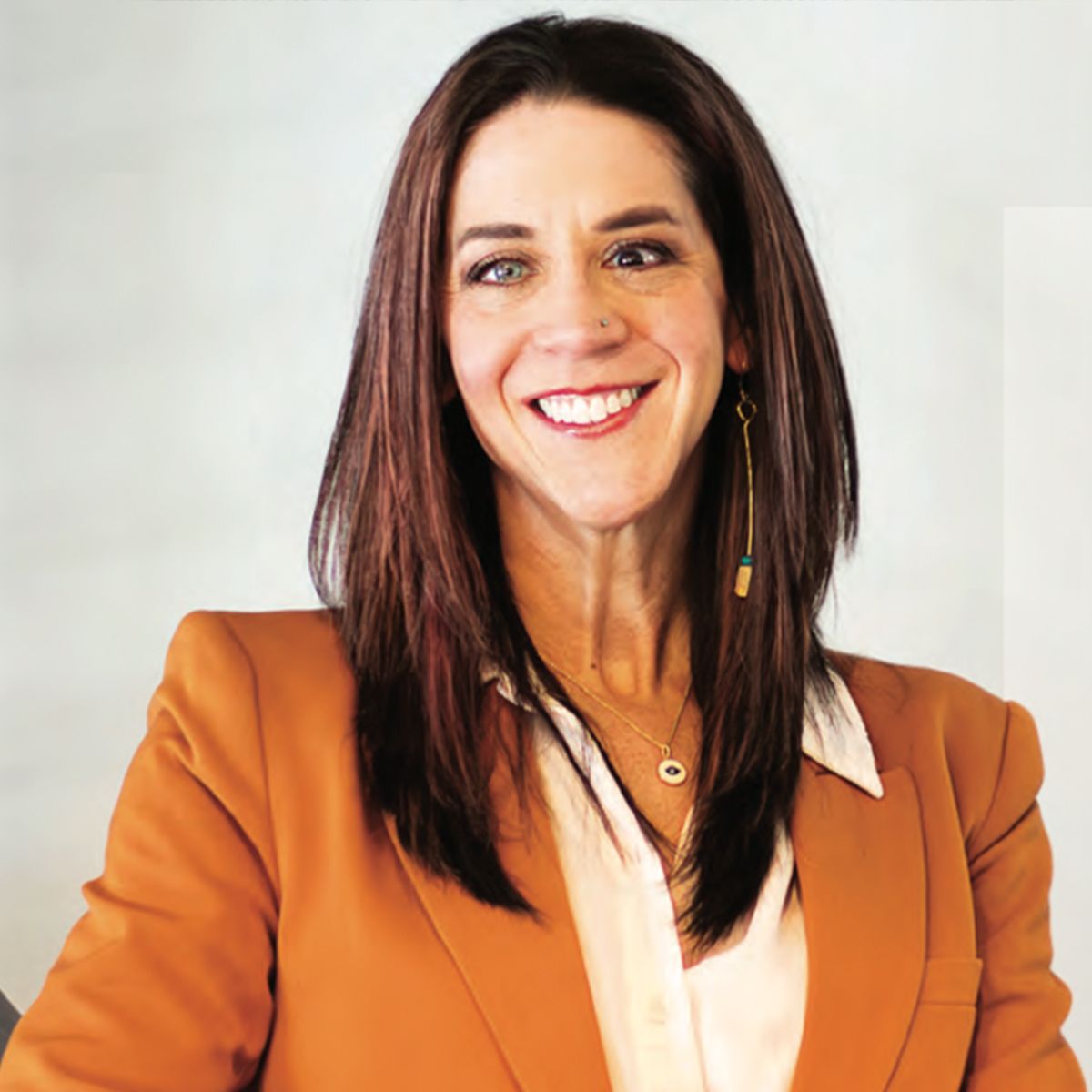Publication
Article
CURE
Lives Interrupted
Author(s):
Adolescent and young adults cancer survivors have unique social and emotional issues.
Brad Zebrack, PhD, associate professor in the school of social work at the University of Michigan, has a unique perspective on the emotional needs of adolescent and young adult (AYA) cancer patients. He was one.
Zebrack, diagnosed with Hodgkin lymphoma in 1986 at age 25, became one of those young people too busy to deal with cancer.
“Young people have busy lives and they don’t have time for cancer,” he says. “Once the medical situation is taken care of, they want to get on with their lives and they don’t understand why there should be anything else.”
But there is, he says. Friends drop off the ends of the earth. They can’t get back into the dating scene because it’s hard to see themselves as attractive or sexy when they’ve felt sick. Added to that are the risks for infertility that often accompany treatment and have to be addressed with new dating partners sooner rather than later.
Young people have busy lives and they don’t have time for cancer. Once the medical situation is taken care of, they want to get on with their lives and they don’t understand why there should be anything else.
Isolation sets in, and, depending on their age, they may end up back in their old bedroom at home without a job and without the social network critical to their development. Indeed, Zebrack says one of the biggest predictors of distress is not returning to work or school.
“Many young adults think support groups at the hospital are for grandmas,” Zebrack says, adding that AYAs don’t want to go anywhere that they will feel old. He offers a favorite quote from a participant in a study on AYAs and support groups: “I went to the support group with all the 70-year-olds, and they were talking about how they were going to die, and I wanted to talk about how I was going to live.”
Zebrack’s research led him to divide AYA needs into four areas: information issues, practical issues, emotional issues and existential or spiritual issues.
To address these areas, Zebrack proposes interventions that involve peer support that will appeal to this age range as well as the use of technology and skill-based interventions. But he sees web-based connections as the best option for those AYAs who may be sitting at home with nothing to do.
“They can open Facebook,” he says. “Social media is a major player in psychosocial support for young people because it’s where they are.”
He gave an example, mAssKickers, a Facebook group that has drawn young adults to events around the country, one of them a paintball battle in Michigan that draws 200 participants annually. “It’s like any social setting. They may go to a party or other social event and they’ll find people they like and don’t like.”
Another challenge for AYAs is insurance, which includes 18- to 24-year-olds, more likely to be uninsured than any other age group. “Even if they agree to see a psychologist, they may not be able to if they don’t have insurance.”
The Patient Protection and Affordable Care Act has offered some help by extending healthcare coverage to age 26 on parents’ insurance and ending pre-existing conditions, he says, but he is hoping for help with small businesses.
“If health reform moves forward and provides provisions for small businesses, their first job might be retail in a small boutique. If the owner can afford health insurance for five employees, that would be great, but we aren’t there yet.” The only other protection AYAs will have is their ability to get a job that offers healthcare benefits.






